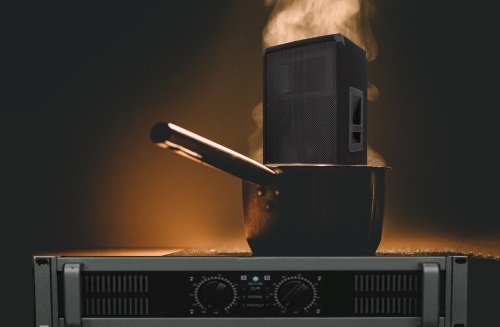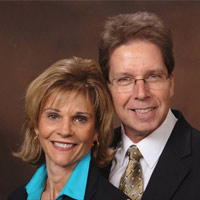The crest factor of an audio signal is the dB difference between the peaks and the RMS value of the signal. The RMS (Root Mean Square) is defined as the “heating value” of the signal – the voltage that would generate the same heat as a DC (Direct Current) signal, over the same time.
The RMS value of a complex signal must be read with an RMS voltmeter. Alternatively, the signal can be digitally sampled and the samples summed to yield the RMS value. As such, the RMS value of a complex signal can be thought of as the “area under the curve” of a signal as viewed in a wave editor software application.
This can be accomplished with most wave editors. One of my favorites is Audacity, which happens to be freeware.
Some typical crest factors are shown below. It is of importance because the crest factor of the signal is one parameter that determines how much actual power is delivered from amplifier to loudspeaker.
Since the main enemy of loudspeaker longevity is heat, one must be careful to stay below the long-term average power rating of the loudspeaker. In light of this, it can be seen why a power amplifier’s actual power output is dependent on the RMS value of the voltage waveform that it is amplifying.
A low crest factor signal will deliver more power (and more heat) to a loudspeaker than a high crest factor signal, even though both are played over the same amplifier. Since a voltage waveform has a crest factor (in dB), this value is useful in determining the appropriate amplifier size for a given loudspeaker and desired level. Here are the steps:
1. Determine the continuous power rating of your power amplifier. Manufacturer’s do extensive testing and are usually glad to provide this information.
2. Convert this rating to a level in dBW.
dBW = l0log W
where W is the continuous power rating
3. Since this is most often measured with a sine wave (3 dB crest factor), you can double the continuous power rating to estimate the “peak” power rating of the amplifier. In dB, you simply add 3 dB to the number that you just calculated.
Important: This is a number that we will use for computation purposes only. Your amplifier cannot sustain its output at this rating but should be able to provide this level for short-term transients.
4. Estimate the crest factor of your signal. For music systems, this usually ranges from 6 dB (very compressed music) to over 20 dB.
5. Subtract the crest factor from the peak rating of the amplifier. This will be the continuous power in dBW that you are delivering to your loudspeaker. If you feel more comfortable working with watts, you can convert dBW back to watts:
















